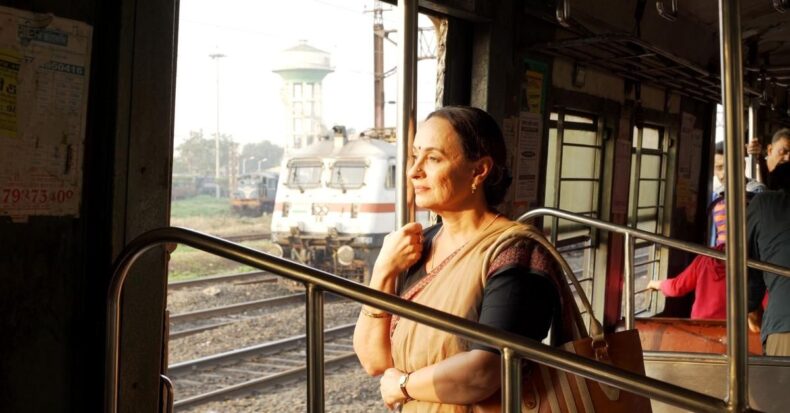
Films are a business of Fickle and flux. It’s an unpredictable amalgam of visuals, and stories, a medium to express one’s thoughts, and thoughts are diverse.
These films thrive upon emotions, vision, and rawness, and if we speak about Bollywood, then masala, romanticism, some nonsensical dialogues, and flawed gravity rules. Oh, don’t worry, I’m not here to rant about Race 3 (which maybe I should).
Mainstream films often fail to cater to the gap between black and white—the path to visual impressions’ artistic yet genuine concept.
Independent Cinema
The textbook description of Independent cinema is a feature or a short film produced outside the central film studio system—distributed and produced by independent entertainment companies.
Generally, with a limited film release, and are screened at local or International film festivals.
Indie or art films strike out for their offbeat themes, quirky characters and fewer dance or song routines. They serve from artistic candour to socio-political aspects of society.
Indie films made up 11.4% of the 2019 global box office, as stated in the Indy film library. The box office intake is moderately around 4.8 billion Dollars, and Indie movies make up 10-13% of it.
Again, it’s a vague figure, and the worth of the Independent film industry is a matter of debate. The nature of the sector is indeterminate, and with the rise of technology, editing and filming have become more accessible.
With present accessibility, anyone can produce and distribute their own Indie film at any location of the world. The new surge of digital media has provided them with the opportunity to share their work at minimum cost.
Film Industry is all about diversity. The hit theories revolving around a film’s success are quite a lot, but at the bottom line, it sums up to the recognition and revenue.
Unlike mainstream cinema with power casts, big-budget and high marketing Indie films usually start with mouth-to-mouth publicity, critical acclamation, foreign screening, VOD and digital distributions.
It’s a risky business, but for filmmaker’s ‘I’ll figure it out and push through is what forms their core, after all.

The Golden Age- Decline & Resurgence
Satyajit Ray, Mrinal Sen, Chetan Anand, Guru Dutt, Ritwik Ghatak, etc., were parallel cinema pioneers.
Breathing around the late 1940s, it began just before the French New Wave and Japanese New Wave, a precursor to the Indian New Wave of the 1960s.
Italian Neorealism was the inspiration behind it which came to be known as the golden age of the cinema.
By the early ’90s, commercialisation was on the rise. With the advancement of media and the emergence of television, the mainstream media turned away from the parallel ideas as it wasn’t ‘masala enough.’
The golden age was left behind, and people moved forward due to a lack of exhibition and earnest efforts by the NFDC.
Parallel Cinema rejected the regressive point of view, which was the core of the mainstream industry. With the absence of an art circuit house, several directors failed to gather a large audience.
The art film around the early 2000s marked the resurgence, and they came out as different fragments of the parallel cinema, including Mumbai Noir.
Filmmakers like Anurag Kashyap, O Nir, Vishal Bharadwaj, Vikramaditya Motwane, Mira Nair, Soojit Sircar, Jahnu Barua, Amol Palekar, Umesh Vinayak Kulkarni, Amartya Bhattacharyya etc. pushes the stereotypical potpourri to blur the lines between the two parallel cinemas of India.
Digital Media Films
Digital Platforms saw a significant increase in their viewership in the first few months of the pandemic itself. Netflix itself recorded a growth of around 47% alone.
The liberating nature of such platforms also worked in favour of the filmmakers and the consumer. Now the content is not limited to the urban class, unlike in the case of theatres.
With easy access to the Internet and smartphones, there is an addition to the audience base. OTT platforms filled the missing link between these two sections, and with the platform’s growth rate, they are much likely to stay.
They now have the comfort to stream this content according to their choice.
Abhilash, a story writer who has worked on several short films and a former film direction student, adds to this, ” Covid was quite hard for all of us, but the technicians and artists suffered the most.
The pandemic disrupted the industry quite profoundly, and now there are new challenges like physical production, no insurance claim, travel restrictions and currency fluctuation.
The digital platforms surely can cover an amount of profits but it shouldn’t be compared with theatres.”
Cinema is all about diversity and innovation. The future of Independent movies is undoubtedly something to look forward to, but this pandemic provided a significant pause in our lives and changed its meaning.
A sense of uncertainty follows behind, but Independent cinema is flourishing and thriving right now—all set to leave its marks and stand out in this crowd.













